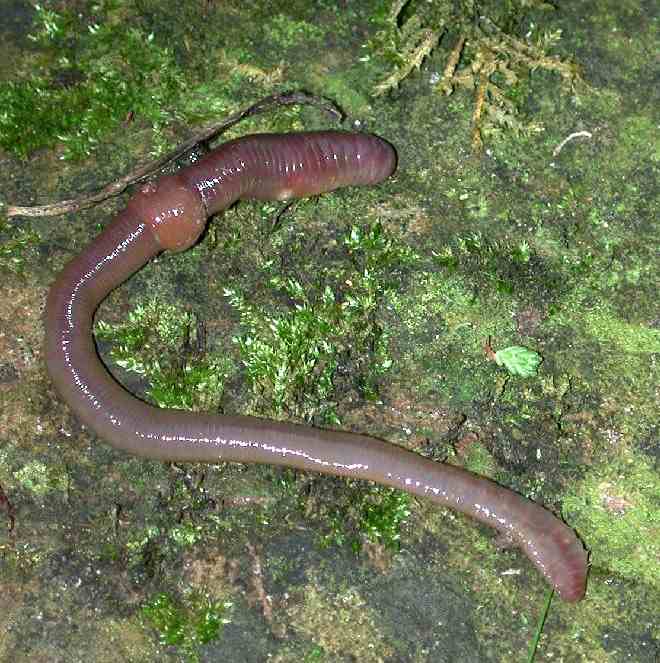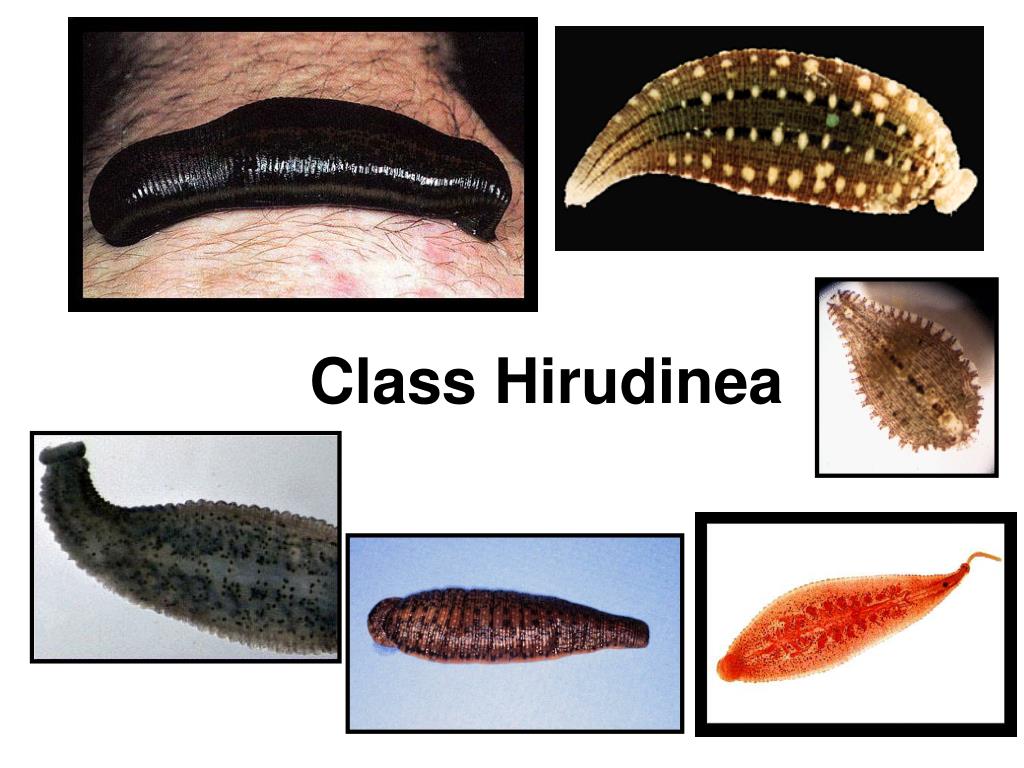Phylum Annelida represents a diverse group of segmented worms that are predominantly aquatic but also include terrestrial species. They exhibit bilateral symmetry, a segmented body plan, and a well-developed organ system. Annelids play significant ecological roles in soil aeration, nutrient cycling, and as part of aquatic food webs.
Annelids are invertebrate animals characterized by their segmented bodies. The term “Annelida” derives from the Latin word “anellus,” meaning “little ring,” which refers to their ring-like body segments. Members of this phylum range from small, free-living earthworms to large marine polychaetes. The segmentation provides these animals with greater mobility and complexity of structure compared to unsegmented worms.
Table of Contents
Summary of Annelids
- Annelids are segmented worms with a true coelom and closed circulatory system.
- They are classified into Polychaeta, Oligochaeta, and Hirudinea.
- They play key roles in soil health, ecosystems, and medicine.
General Characteristics of Phylum Annelida
Body Segmentation (Metamerism)
One of the most distinctive features of annelids is their segmented body, known as metamerism. The body is divided externally and internally into a series of similar units called segments or metameres. Each segment contains repeated sets of organs, muscles, and nerve ganglia, allowing for efficient movement and flexibility.
Bilateral Symmetry
Annelids exhibit bilateral symmetry, meaning their body can be divided into two mirror-image halves along a single plane. This symmetry is important for directional movement and the development of a head region.
Body Wall and Cuticle
The body of annelids is covered by a thin, flexible cuticle secreted by the epidermis. Unlike arthropods, this cuticle is not hardened but allows for flexibility. Beneath the cuticle lies a thick layer of circular and longitudinal muscles that aid in locomotion.
Coelom
Annelids possess a true coelom, a fluid-filled body cavity completely lined by mesodermal tissue. This coelom acts as a hydrostatic skeleton, providing structural support and enabling efficient movement.
Digestive System
The digestive tract in annelids is complete and tubular, extending from mouth to anus. It is specialized into different regions for ingestion, digestion, absorption, and egestion. Food enters through the mouth, passes through the pharynx, esophagus, crop, gizzard, and intestine, where nutrients are absorbed.
Circulatory System
Annelids have a well-developed closed circulatory system where blood flows through vessels. The presence of muscular vessels or “hearts” helps pump blood throughout the body, distributing nutrients and oxygen to tissues.
Nervous System
The nervous system is relatively advanced, comprising a dorsal cerebral ganglion (brain) connected to a ventral nerve cord with paired segmental ganglia. This system coordinates movement and responses to environmental stimuli.
Excretory System
Annelids excrete metabolic wastes through specialized excretory structures called nephridia, typically one or two pairs per segment. These tubules filter fluid from the coelom and release wastes outside the body.
Reproduction
Reproduction in annelids can be sexual or asexual. Most annelids are hermaphroditic (possessing both male and female reproductive organs), especially the class Oligochaeta, while some are dioecious. Fertilization may be external or internal, depending on the species. Many annelids also exhibit remarkable regenerative abilities.
Locomotion
Annelids move by coordinated contraction of their circular and longitudinal muscles, aided by the hydrostatic pressure of the coelom. Many have bristle-like structures called setae on each segment, which help anchor the body during movement.
Classification of Phylum Annelida
Phylum Annelida is traditionally divided into three major classes based on the presence of setae, type of habitat, and body specialization. These classes are:
Class Polychaeta

Polychaetes are mostly marine annelids characterized by the presence of numerous setae on parapodia—paired fleshy appendages on each segment used for locomotion and respiration. They exhibit well-differentiated heads with sensory organs such as antennae and eyes. Polychaetes reproduce sexually through external fertilization and often have separate sexes. Examples include Nereis and Aphrodite.
General Characteristics of Polychaeta
Class Polychaeta mainly consists of marine annelids distinguished by their well-developed parapodia on each segment. These parapodia bear numerous bristles or setae made of chitin that aid in locomotion and respiration. The body is divided into a head, thorax, and abdomen, with the head bearing prominent sensory organs such as antennae, palps, and eyes. Polychaetes show clear sexual dimorphism with separate sexes (dioecious), and they often have a free-swimming larval stage called the trochophore.
Life Cycle of Polychaeta
Reproduction in polychaetes usually involves external fertilization, where males and females release gametes into the water. The fertilized eggs develop into trochophore larvae, which are planktonic and undergo several developmental stages before settling on the substrate to metamorphose into juvenile worms. Some species exhibit epitoky, a process where part of the worm transforms into a reproductive form specialized for swimming and gamete release.
Ecological Importance of Polychaeta
Polychaetes are vital components of marine ecosystems. They act as scavengers, detritivores, and predators, helping to recycle nutrients and maintain sediment structure. Their burrowing activity aerates the sea floor and facilitates nutrient exchange between water and sediments. Some polychaetes also form symbiotic relationships with other marine animals, contributing to biodiversity.
Class Oligochaeta

Oligochaetes are primarily terrestrial or freshwater worms with fewer setae per segment than polychaetes. They lack parapodia and have a less differentiated head. Oligochaetes are hermaphroditic and reproduce through copulation and external or internal fertilization. The earthworm (Lumbricus) is a well-known example and is crucial for soil aeration and fertility.
General Characteristics of Oligochaeta
Class Oligochaeta includes mostly freshwater and terrestrial worms with a simpler body plan compared to polychaetes. They have fewer setae per segment and lack parapodia. The head is not well differentiated and sensory structures are reduced. Oligochaetes are hermaphroditic, possessing both male and female reproductive organs, and they usually reproduce sexually by mutual copulation.
Life Cycle of Oligochaeta
Earthworms and other oligochaetes reproduce by exchanging sperm during copulation. The fertilized eggs develop inside a cocoon secreted by the clitellum a thickened glandular section of the body. The young worms hatch directly from the cocoon, bypassing any larval stages, and gradually grow into adults through a process called direct development.
Ecological Importance of Oligochaeta
Oligochaetes, especially earthworms, are considered “ecosystem engineers” for their crucial role in soil health. Their burrowing aerates the soil, improves water infiltration, and enhances nutrient cycling by decomposing organic matter. This activity promotes plant growth and sustains terrestrial ecosystems. Additionally, oligochaetes serve as food for many predators, linking soil and above-ground food webs.
Class Hirudinea

Hirudinea comprises leeches, which are mainly freshwater or terrestrial but lack setae entirely. Their bodies are flattened and segmented, with suckers at both ends for attachment to hosts or substrates. Many leeches are parasitic, feeding on the blood of vertebrates, while some are predatory. Leeches are hermaphroditic and exhibit direct development without a larval stage. Hirudo medicinalis, the medicinal leech, is notable for its use in medicine.
General Characteristics of Hirudinea
Leeches belong to class Hirudinea and differ markedly from other annelids by their flattened, segmented bodies lacking setae. They possess anterior and posterior suckers used for attachment and locomotion. Many leeches are ectoparasites feeding on the blood of vertebrates, while some are predators. Hirudinea are hermaphroditic and exhibit a direct development life cycle.
Life Cycle of Hirudinea
Leeches reproduce sexually with internal fertilization. After copulation, the fertilized eggs are deposited in cocoons attached to submerged objects or soil. The young leeches hatch as miniature adults, with no larval stages. Some species display parental care by guarding their cocoons. Their life span and reproductive rates vary widely depending on species and environmental conditions.
Ecological Importance of Hirudinea
Leeches play multiple ecological roles. Parasitic species regulate host populations and serve as indicators of environmental health. Predatory leeches help control populations of invertebrates. Medicinal leeches (Hirudo medicinalis) have been historically important in medicine for bloodletting and more recently for microsurgical applications due to their anticoagulant secretions. Overall, they contribute to biodiversity and ecological balance in freshwater and terrestrial habitats.
Symmetry in Annelida
Annelida is a phylum of segmented worms, including earthworms, leeches, and marine polychaetes. The members of this group exhibit a type of body symmetry known as bilateral symmetry.
Bilateral Symmetry
In bilateral symmetry, the body can be divided into two equal and identical halves along a single plane, called the sagittal plane, which runs from the anterior (head) end to the posterior (tail) end. If you imagine drawing a line from the head to the tail, the left and right sides of the annelid’s body are mirror images of each other.
This type of symmetry is closely associated with cephalization (the concentration of sensory and neural structures in the head region) and directional movement, as it allows for a streamlined body plan that is efficient for burrowing, crawling, or swimming.
Conclusion
Phylum Annelida represents one of the most evolutionarily advanced and ecologically significant groups within the animal kingdom. With their characteristic segmented body structure, true coelom, closed circulatory system, and complex organ systems, annelids mark an important evolutionary step towards higher invertebrates. Their development of metamerism not only enhances flexibility and locomotion but also allows for specialization of body regions, leading to greater efficiency in movement, digestion, circulation, and reproduction.
The classification of annelids into three primary classes: Polychaeta, Oligochaeta, and Hirudinea highlights the remarkable diversity and adaptive radiation this phylum has undergone. Polychaetes thrive predominantly in marine environments, exhibiting elaborate parapodia and advanced sensory structures suited for aquatic habitats. Oligochaetes, such as earthworms, play a vital role in maintaining soil structure and fertility, proving indispensable to terrestrial ecosystems. Hirudinea, with their unique adaptations for parasitism and predation, occupy both freshwater and terrestrial environments, and certain species have long-standing medicinal applications, emphasizing the importance of annelids beyond their ecological roles.
Frequently Asked Questions (FAQ)
Are phylum Annelida segmented?
Yes, annelids have a segmented body, divided into repeating sections called metameres. This segmentation improves movement and organ organization.
How do phylum Annelida reproduce?
Annelids reproduce both sexually and asexually. Most are hermaphrodites (like earthworms) or have separate sexes. Some species can also reproduce asexually by budding or fission.
What is the symmetry of Annelida?
Annelids have bilateral symmetry, meaning their body can be divided into two equal halves along one plane left and right.
Related Contents
Phylum Cnidaria/Coelenterata: General Characteristic and Classification
Bacteroides: Classification, virulence factors and biochemical tests




